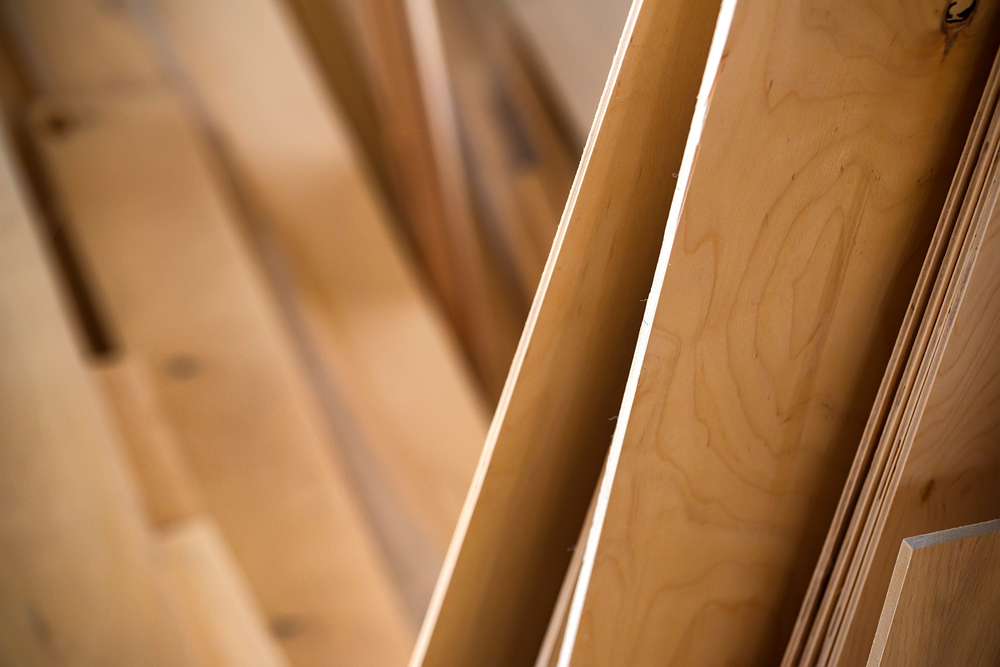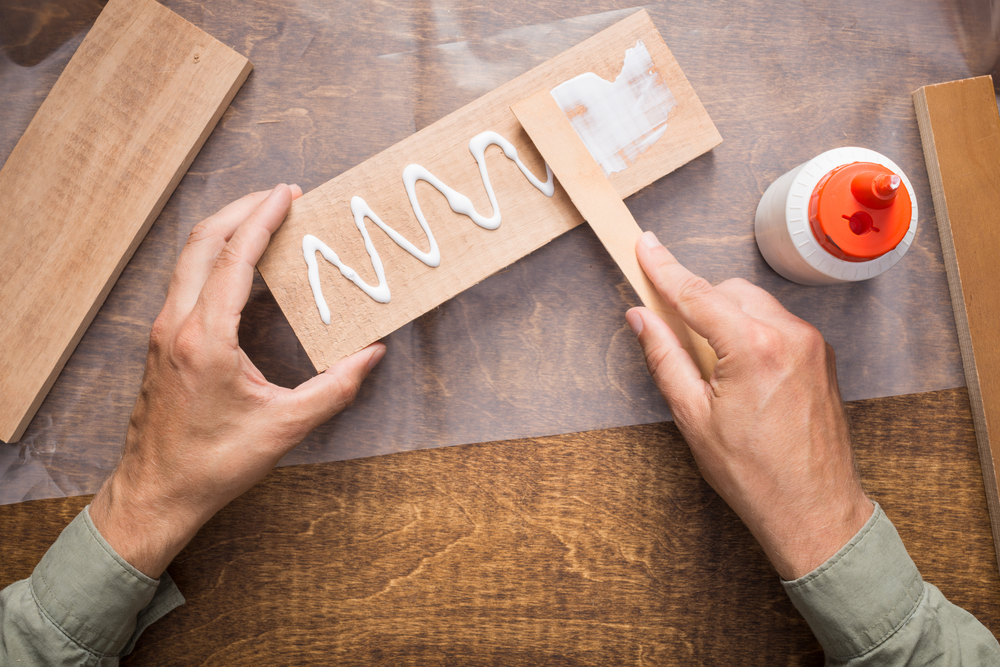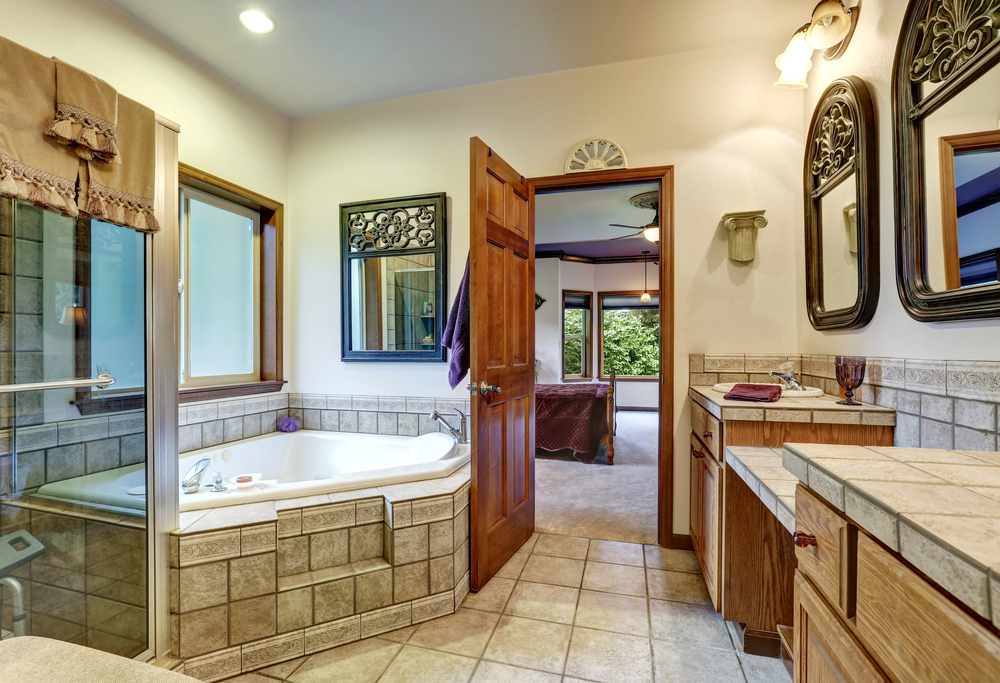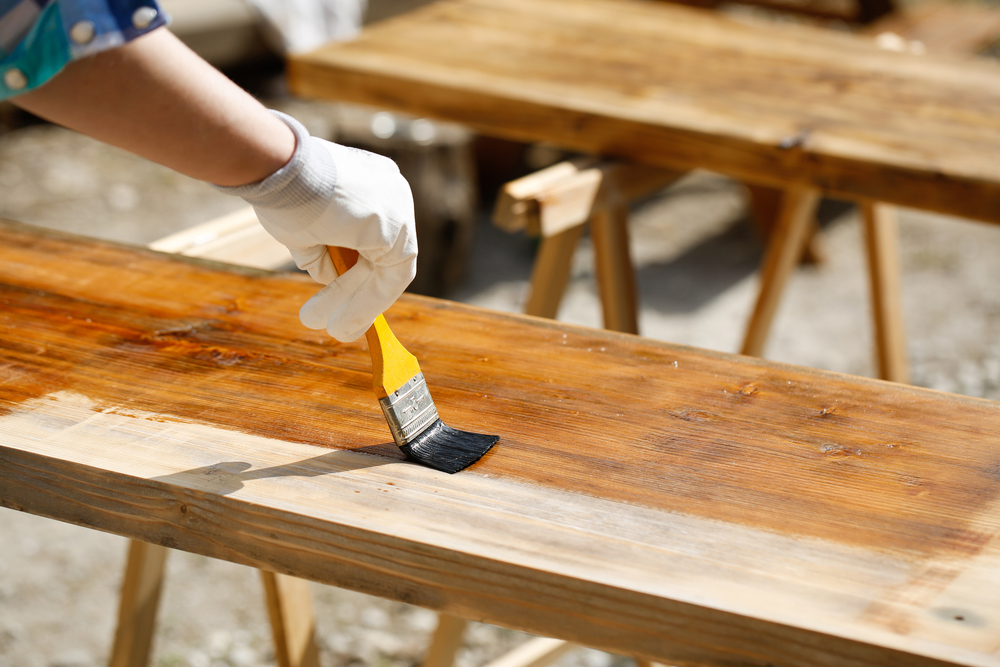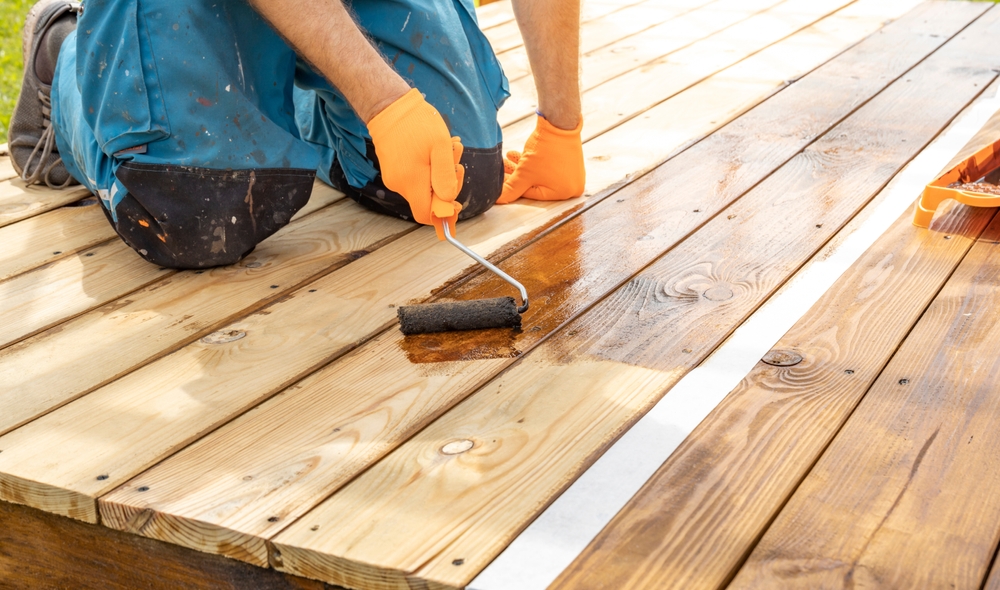Understanding Beadboard Walls
Beadboard walls have a rich history that traces back to old farmhouses. Originally, beadboard was used as a practical wall covering. Its tongue-and-groove panels provided insulation and protection from wear and tear. Today, it also serves as a decorative element. Many design enthusiasts appreciate its classic look and cozy feel.
The Construction of Beadboard
The design of beadboard is quite distinctive. Narrow wooden strips feature a unique ridged design. The vertical beads create a decorative effect. Installation involves interlocking tongue-and-groove joints. Traditionally, beadboard was crafted from pine or oak. Modern versions often use MDF (medium-density fiberboard) or PVC. These materials offer cost-effective and easy-to-install alternatives.
Installation and Uses
Installing beadboard is relatively straightforward. Pieces fit tightly together. This minimizes gaps and creates a seamless appearance. Walls need to be flat and smooth for the best results. Beadboard commonly adorns kitchens and bathrooms. It’s also seen in hallways and on ceilings. Some homeowners use it as wainscoting, covering only the lower portion of walls. Crown molding or baseboards often complement beadboard installations.
Tools and Materials
- Measuring tape
- Level
- Jigsaw or hand saw
- Nail gun or hammer and nails
- Adhesive for added support
- Paint or sealant, if desired
- Safety goggles and dust mask
Preparing for Installation
The first step is measuring the area. Accurate measurements ensure you buy the right amount of material. A level surface is crucial. Uneven walls may require a backer board. This makes sure the beadboard lies flat. Painting or staining before installation can be easier. This ensures full coverage, especially in grooves.
Step-by-Step Installation Process
Start by attaching the first panel. Most installations begin at a corner or edge. Use a level to ensure the panel is straight. Secure the beadboard with nails or adhesive. The next panel slides into the groove of the first. Work across the wall, checking each panel’s level. When reaching an edge, you may need to cut the beadboard. A jigsaw or hand saw works best for precise cuts. Finishing involves filling any gaps or seams. Paint or seal the beadboard if needed.
Painting and Finishing
Many prefer the natural wood look of traditional beadboard. However, painting offers a modern twist. A semi-gloss paint works well with wood or MDF. This finish is easy to clean and resists moisture. Avoid excessive moisture when working with MDF. It can warp or swell if not sealed properly. Sealing can enhance the durability of beadboard. It provides protection against scratches and stains.
Decorative Options
Beadboard’s versatility allows for creative designs. Different panel heights and bead sizes offer unique looks. Painted beadboard in bold colors transforms a space. Alternating beadboard with flat panels provides texture. Ceiling installations can make a room feel taller. Beadboard backsplashes add a quaint charm to kitchens. Its timeless appeal fits many styles, from coastal to rustic.
Maintenance and Care
Regular cleaning keeps beadboard looking its best. A damp cloth easily wipes away dust and dirt. Avoid abrasive cleaners that can damage the surface. Spills should be addressed promptly, especially in bathrooms. Proper sealing protects against moisture. Inspect periodically for loose panels or nails. Timely repairs prevent further issues and maintain integrity.
The Benefits of Beadboard
Ease of installation is a major advantage. Homeowners with basic skills can tackle the project. Beadboard also adds insulation, which can lower heating costs. Its durability withstands the hustle and bustle of busy homes. It’s affordable, especially modern MDF and PVC options. The classic design is appealing and timeless.
Considerations Before Choosing Beadboard
Before installation, assess the room’s conditions. High-humidity areas need well-sealed beadboard. Consider the style of the home. Beadboard complements vintage or coastal themes. Overusage in a modern interior may clash. Evaluate the type of beadboard you prefer. Real wood offers natural beauty but requires more care. MDF and PVC might suit budget and maintenance needs better.
Beadboard Alternatives
Beadboard is not the only wall treatment option. Tile offers a similar vertical line effect. Shiplap provides a more modern, horizontal look. Paneling comes in various textures and materials. Each choice brings its own aesthetic and benefits. Consider all options based on style and budget.

